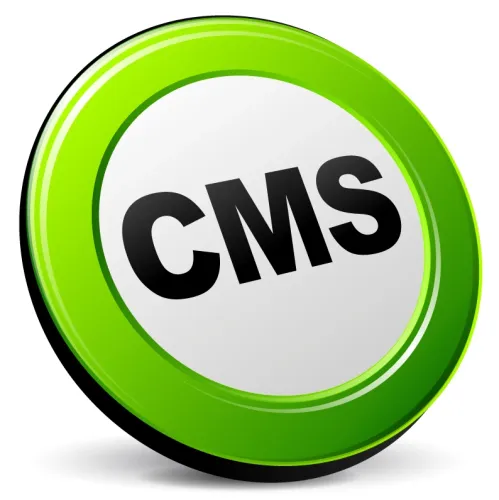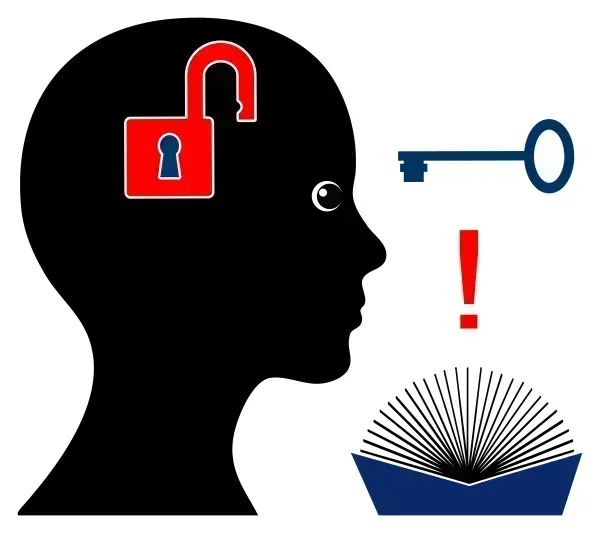Observe these Shared, Incident-To Differences
Question: Can you please explain the difference between a split/shared evaluation and management visit and an incident-to visit? Codify Subscriber Answer: When a physician and a nonphysician practitioner (NPP) work together to provide an evaluation and management (E/M) service, the situation could be either an incident-to service or split/shared visit. Important: Medicare, and other payers that follow Medicare's guidelines, are the only payers who follow incident-to and split/shared visit rules. Split/shared E/M visit: A split/shared E/M visit is "a medically necessary encounter with a patient where the physician and a qualified NPP each personally perform a substantive portion of an E/M visit face-to-face with the same patient on the same date of service," according to the Medicare Claims Processing Manual. Other characteristics of split/shared E/M visits include the following, per the Medicare Claims Processing Manual: Incident-to Services: MLN Matters SE0441 defines incident-to services as "services that are furnished incident-to physician professional services in the physician's office (whether located in a separate office suite or within an institution) or in a patient's home." According to MLN Matters SE0441, other characteristics of incident-to services include: Remember: As always, the medical documentation should support all of the criteria for an incident-to service. Incident-to services don't require two notes; shared/split visits do, or at least one note requires very clear delineation of what "substantive portion(s) of the E/M service" were performed specifically by each individual involved in the visit.




